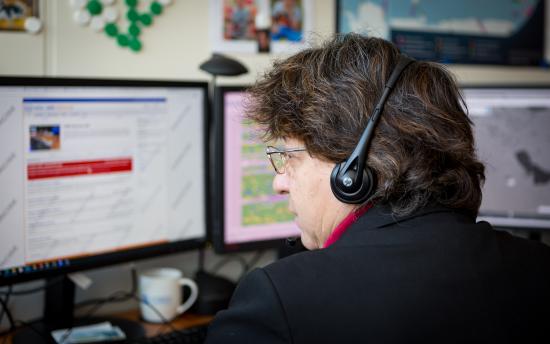CTBTO tests accident response in global nuclear emergency exercise
The Comprehensive Nuclear-Test-Ban Treaty Organization (CTBTO) joined 11 other international bodies and 75 countries in one of the world’s biggest and most complex emergency exercises, to test the global response to a fictional nuclear accident.
Run over 36 hours on 26-27 October, the drill, known as ConvEx-3, was based on a simulated scenario at the Barakah nuclear power station in the United Arab Emirates (UAE) involving a radioactive leak that was subsequently contained.
Staff in the CTBTO’s International Data Centre tested emergency channels and procedures for cooperation with the International Atomic Energy Agency (IAEA), which acts as the global hub for nuclear emergency response, while a Public Information colleague monitored fictional social media traffic.
Coordinated by the Inter-Agency Committee on Radiological and Nuclear Emergencies (IACRNE) and based on international nuclear safety conventions, ConvEx-3 exercises are conducted every three to five years to test the implementation of emergency plans, identify good practices and highlight areas for improvement in the event of a severe nuclear or radiological emergency.
The CTBTO joined IACRNE after Japan’s 2011 earthquake and Fukushima nuclear accident, when data from its unique global radionuclide monitoring system helped to map the radioactive plume from the nuclear power plant and proved crucial in enabling the World Health Organization (WHO) to provide accurate information to the public on health issues.
The CTBTO’s International Monitoring System, which uses seismic, hydroacoustic and infrasound technology as well as sniffing for radionuclides to ensure no nuclear test can go undetected, also helped Japanese authorities to issue timely tsunami warnings.
28 Oct 2021

CTBTO Radionuclide Operations Officer Marina Nizamska monitors emergency communications during the ConvEx-3 exercise.

